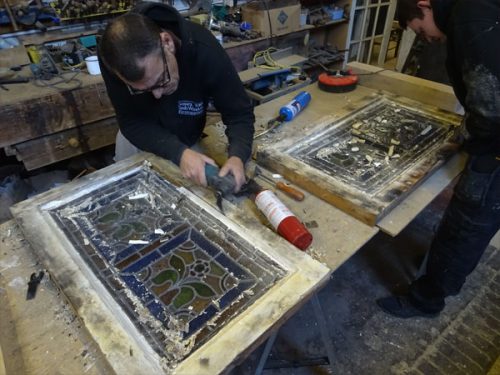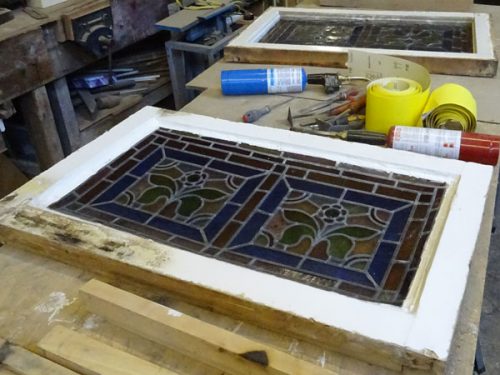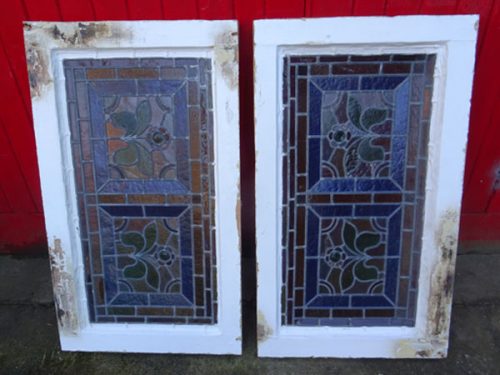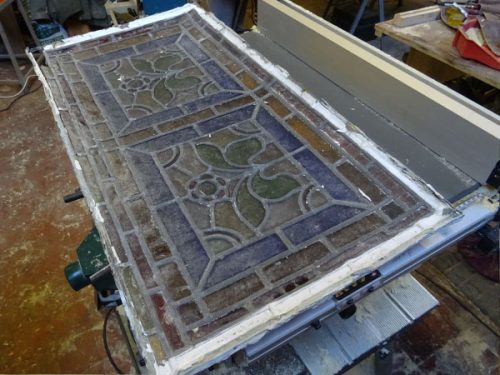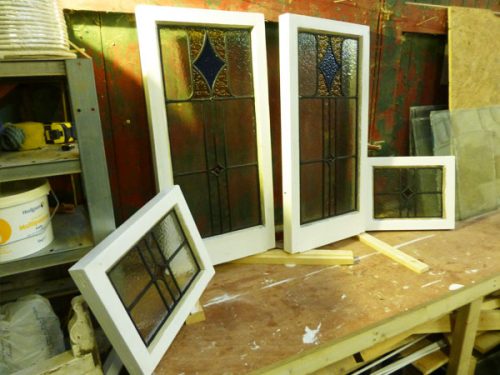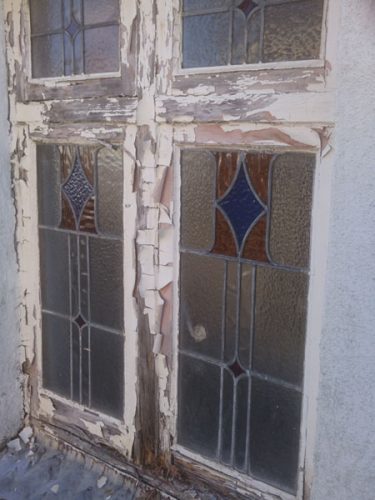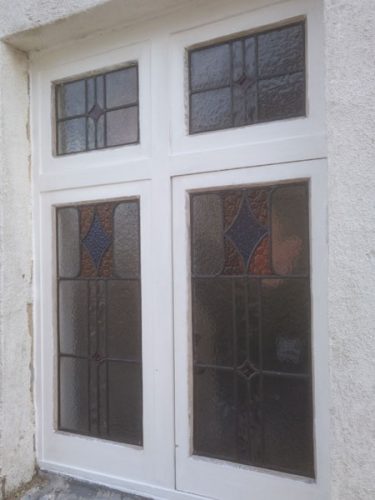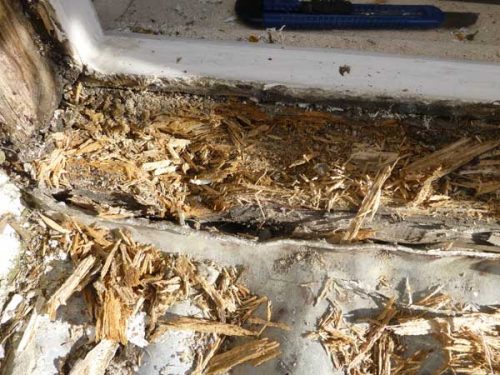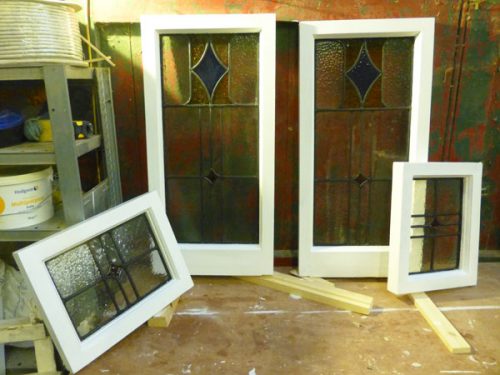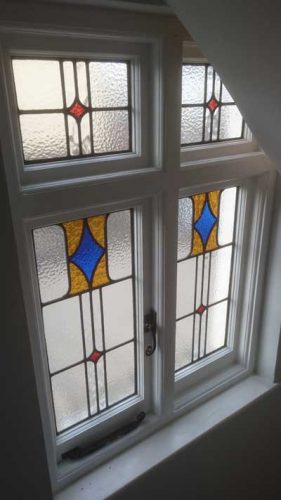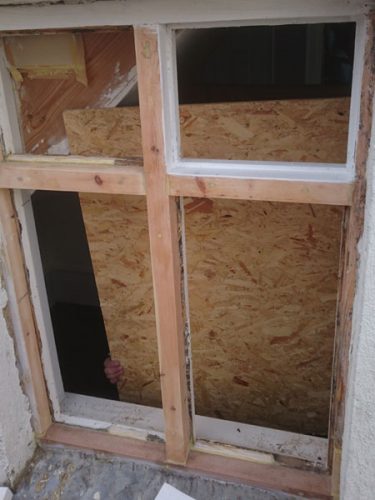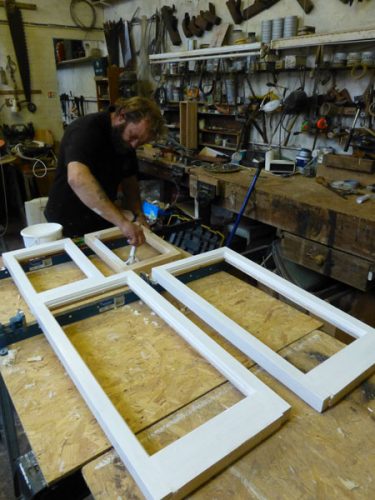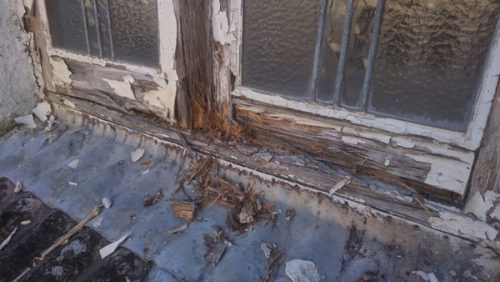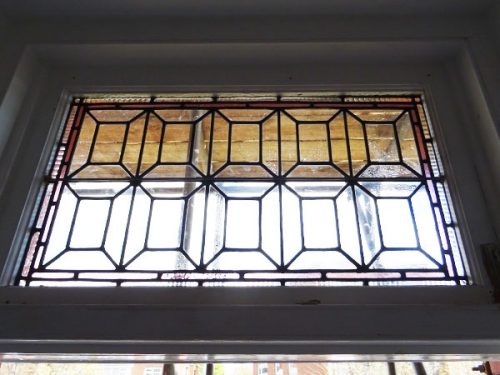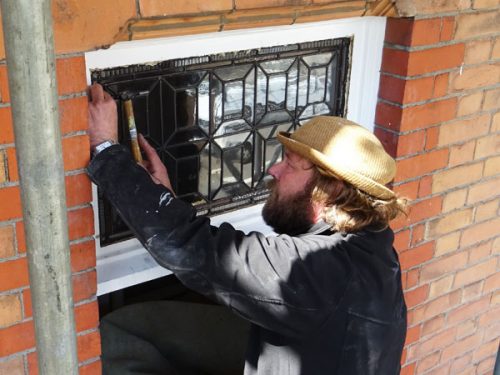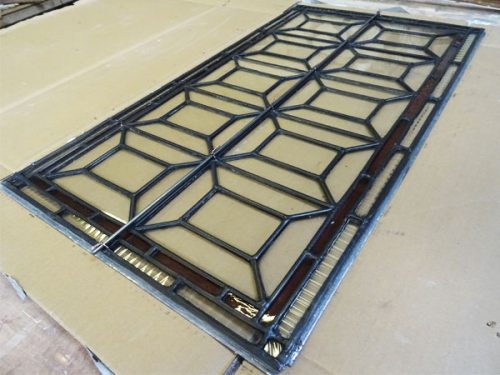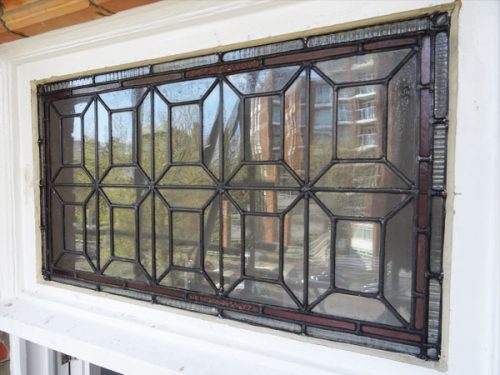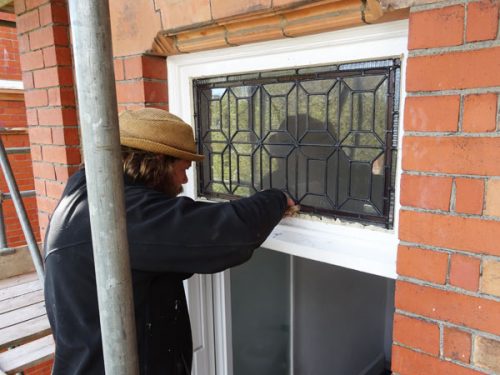Sussex Leaded lights and stained glass restoration and refurbishment service
Lead lights and stained glass got really confused in the 20th century as the late Victorians and Edwardians slowly started to use these windows more and more. The windows that used to be called stained was mainly in churches and other prominent places of architectural standing. Were leaded lights were more in homes and commercial properties so therefore the leaded lights was a more common name for this product.
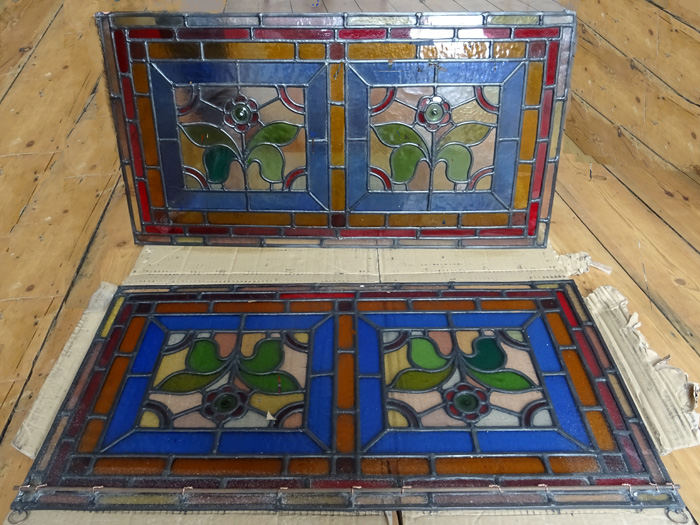
One of the reasons is that in the 1920s people started to use more and more methods of the stained glass industry into normal everyday homes. Especially in the areas that don the edge of Brighton’s border too hove before it was slowly built up to what we know it as today, Brighton and Hove. The main difference between leaded and stained glass is that stained glass was more pictorial and had paintings fired onto the glass or they and not just different coloured glass.
This usually meant that the extra firing and the time spent on making proper stained glass was simply out of the reach of normal family homes and businesses. So this is why it was mainly in prominent buildings such as churches.
With the original leaded lights the pictorial pictures would be done in Grisaille “grey“ in separate quarries and leaded in with clear crown glass one of the most famous being York minster in this manner. This actually inspired many homes in the 19th century to re-create this type of feature with local birds being painted on windows and we found several down The Drive in Hove.
Leaded lights normally had symmetrical patterns from the usual diamonds to coloured glass plant motifs put into the window often showing lilies and feminine signs of fertility stating the fact that it is a family home.
The leaded lights have always been constructed the same way from when the Romans first made them. These would be fitted together with H section lead to join the glazing together called “Lead Cames”.
Going a little further on in the 1940s nearly every town had a shop dedicated to making and repairing these leaded lights which soon diminished after the war when clear float was first invented by Pilkingtons glass and the craze started to happen again like in the Regency period for these new windows with complete panes of cheap glass known as “clear float”.
To this present day clear float has dominated the glass industry and stained/ leaded lights went back to the churches and prominent buildings that you still see today. The only issue that we have seen is that with global warming the housing industry has stated that all windows and doors that are new have to conform to Document L and section 4 of the house building legislation act.
Which states that any replacement glass has to conform with this legislation of heat loss to a 1.2 U-value and leaded lights do not even get anywhere near this. This would make them obsolete after the frame has been removed.
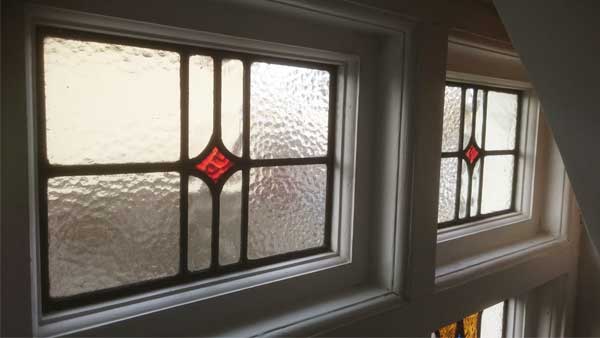
This is a really bad thing especially when you bought the house, for the reason that the beautiful art deco stained glass in the door way or up the stairs made the house one it also makes you feel happy about being in a property. People feel more attracted to these properties I think because it makes them think about the past, happy times of being in the homes of relatives. And to bring back the memories of childhood that we always like to reminisce about when you get to a certain age.
The only way to still have Stained glass windows still installed in most properties when they are completely rotten is to restore them.
Sussex sash Window Restoration has done this many times now conforming withal legislations and not removing the frame. But what happens if it is completely gone beyond repair.
Then you get the professionals in that can transform your leaded lights at our own workshop facilities while still keeping within the law.
The way we do this is simple, we simply cut the window in half and remove the front face of the window frame and rebuild it from the inside out. This leaves all the inside mouldings still intact and reduces all internal decoration down to a minimum. This also keeps within the legislation of keeping more than a third of the window frame to class this as a restoration.
When we explained this to customers, how we are going to do this. They are very surprised and happy that the window, the reason why they bought the house in the first place is going to be around for many more decades to come. You may think I am being over the top but the reason why people buy into old beautiful houses is because of the exterior of the property and the original features.
We have worked on a lot of properties all over Sussex now restoring leaded lights and stained glass bringing back the vitality of the original windows back to life

